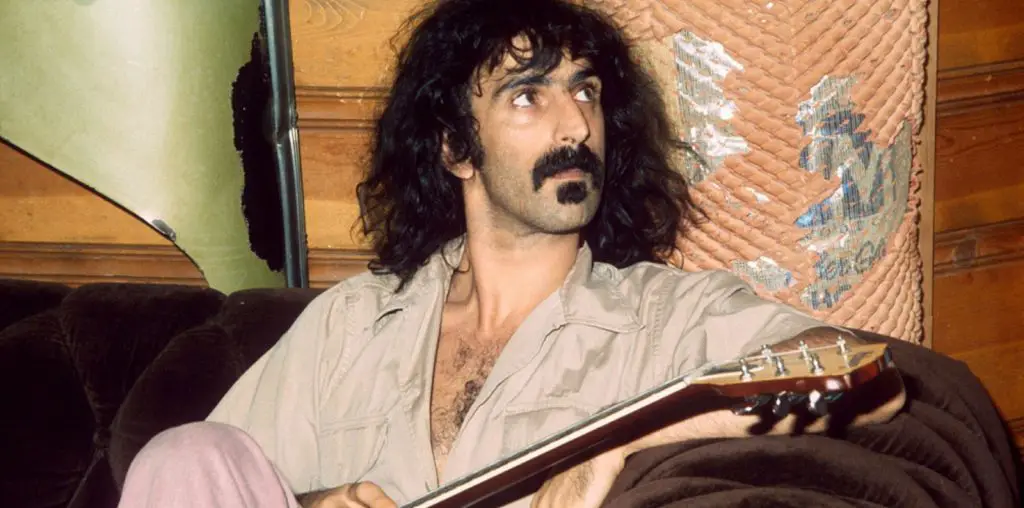
SXSW FILM FESTIVAL 2021 REVIEW! Tom Petty, also known as Charlie T. Wilbury Jr., arrived on the scene as an anomaly. In the late 1970s, rock ‘n’ roll had largely gone in the direction of punk and stadium rock. Petty, however, was from a parallel universe where Charles Manson was just a failed songwriter, the concert at Altamont went swimmingly, and John Lennon never sang, “the dream is over.” He was a holdover hippie who made melodic, jingle-jangle pop music at a high level.
Tom Petty, Somewhere You Feel Free, directed by Mary Wharton, uses never-before-seen footage from the recording period of Petty’s mid-career triumph, Wildflowers, as a foothold from which to better understand him as a man and musician. To aid the footage in its monumental task are a few of the Heartbreakers (Mike Campbell, Benmont Tench, Steve Ferrone), as well as the producer of the album, Rick Rubin. As always, Rubin’s insights into music and musicians are unmatched. Barefoot, barelegged, with his long, white beard, Rubin looks like a guy who’s seen the future and knows everything’s going to be alright.
Many rock documentaries have come and gone. If you have the music, the grainy pictures, and the wistful interviews, they’re hard to mess up. That said, the best ones let the subjects speak for themselves, leading the documentary on a stream-of-consciousness vision quest, forgoing structure altogether. That’s where Tom Petty, Somewhere You Feel Free lands. Instead of stitching together interviews and footage into a chronological plot, Wharton goes with the proverbial flow.
“…never-before-seen footage from the recording period of Petty’s mid-career triumph, Wildflowers…”
By doing so, you gain a deeper understanding of what Petty was trying to do with Wildflower — trim the fat and escape the image and expectations he’d inadvertently created. Many musicians reach a similar point after enough popularity — when the applause starts to drown out the music. Do you die an artist or live long enough to see yourself become a brand?
Perhaps, the most telling revelation in the documentary is that the recording of Wildflowers spanned two years. As Rubin says, the long period of time adds a unique depth to the album. In the same way that an album like Please, Please Me, famously recorded in a single day, is bursting with spontaneity and energy, Wildflowers has a weariness to it. It’s not weary in the sense that the music is sluggish or sloppy but that there’s a gamut of emotions and ideas that can’t be captured in a single day, week, or month. The album — and the documentary, while we’re at it — has a serene, rocking chair wisdom. Even a roll-down-the-windows rocker like Honey Bee is slower and more bluesy than the likes of Runnin’ Down a Dream.
In spite of Tom Petty, Somewhere You Feel Free taking place over two years, it has a day-in-the-life energy to it. It’s similar to Don’t Look Back, but with more traditional elements for the sake of retrospection. The in-studio footage of Petty recording songs like Time to Move On, Crawling Back to You, and You Don’t Know How It Feels is enough to recommend the movie alone, but Wharton’s organic and honest approach makes it something special. It’s a legitimate and largely successful effort to shed light on the creative process and the creator, which are separate but inseparable.
Tom Petty, Somewhere You Feel Free screened at the 2021 SXSW Film Festival.

"…you gain a deeper understanding of what Petty was trying to do..."


